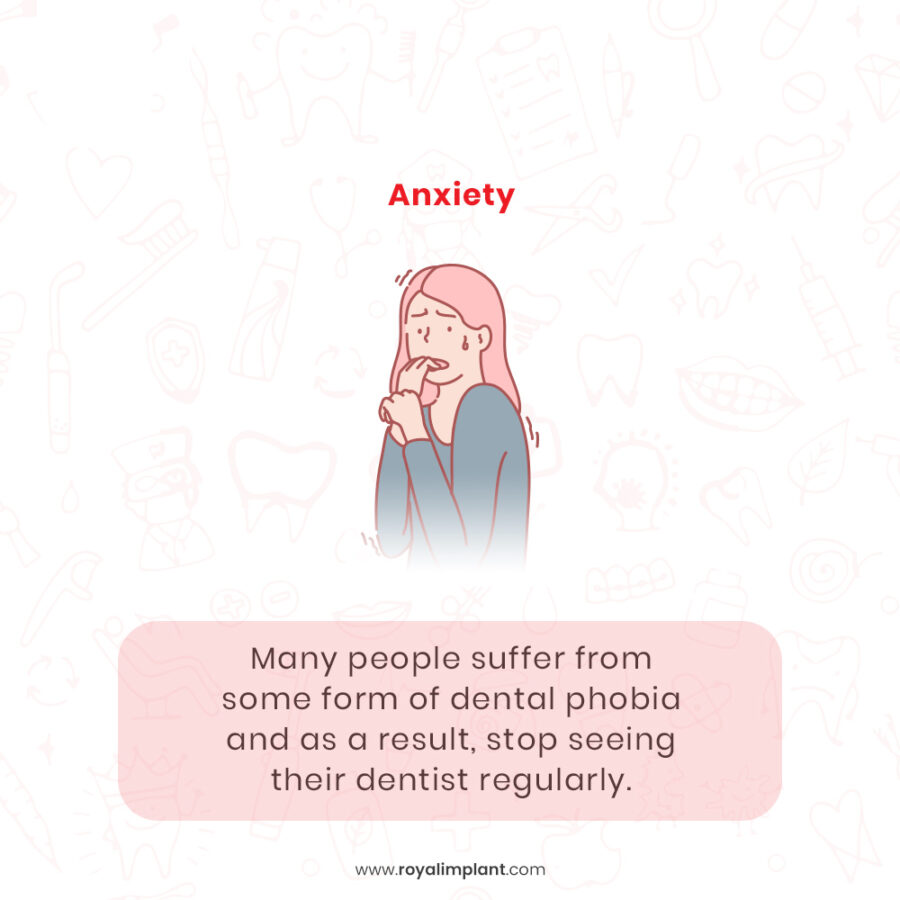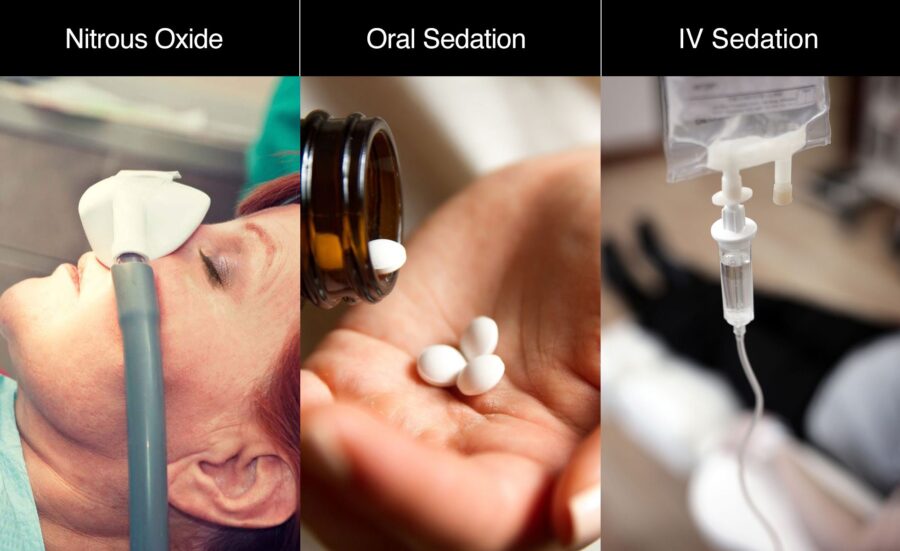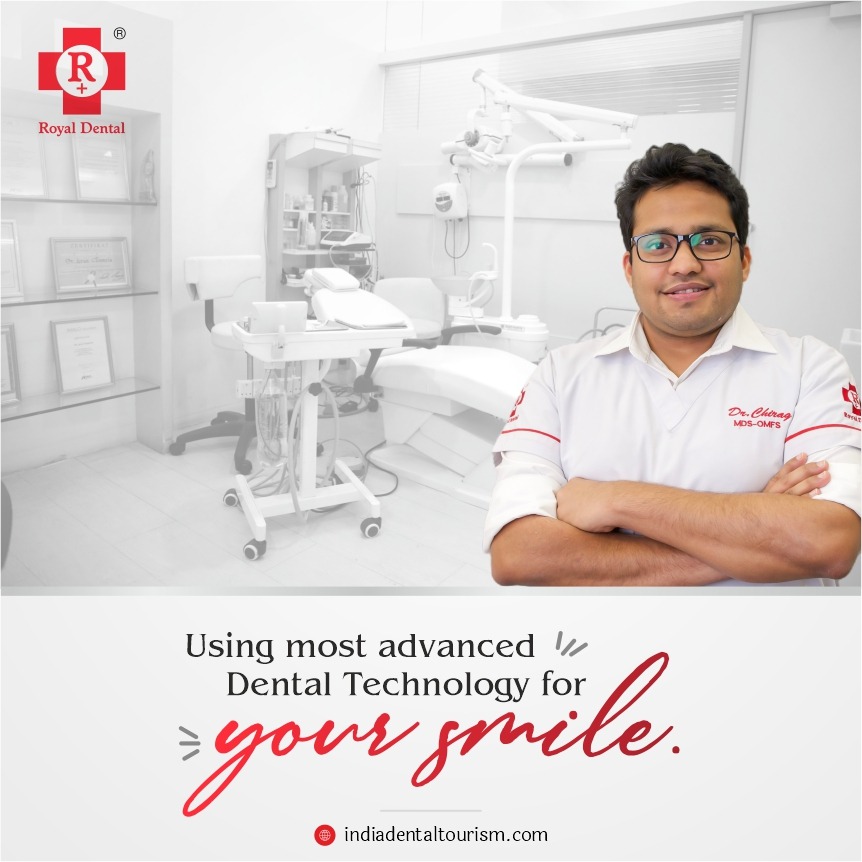Many people have a strange phobia that hides in the shadows in a world where we fear the unknown and don’t just fear spiders or heights. It’s the dread of the dentist chair, the clinic’s sterile aroma, and the sound of dental instruments spinning. Yes, we are discussing dental phobia, the tacit fear that prevents many people from getting the necessary dental care. But do not be alarmed; we have the ability to triumph when we strive for knowledge. Come along and explore the world of dental phobia management. Let’s uncover ideas and answers that could transform the way you think about your next dental checkup with dentist.
What is Dental Phobia?
An extreme and unfounded dread of dentistry and getting dental care is called dental phobia, sometimes referred to as odontophobia. This worry can have a substantial negative influence on a person’s general well-being and extends beyond the usual anxiety that many individuals experience prior to a dentist appointment. It is important for patients and dental professionals to understand the causes of dental phobia.

Common Causes
A lot of individuals with dental phobia have a history of trauma from prior dentist visits. Perceived pain, unfavorable experiences with dentists, or judgment itself can cause long-lasting emotional scars.
One of the most prominent causes of dental phobia is the dread of feeling pain during dental operations. Horror stories that you have heard from others or vivid imaginations may intensify this dread.
For some people, the fear of losing control during dental operations is the source of their anxiety. This dread may be exacerbated by an inability to see well or speak effectively.
Dental anxiety and the fear of being assessed based on one’s mouth health at the moment are related. This anxiety can keep people from getting dental treatment when they need it.
Impact of Dental Anxiety on Oral Health
Dental anxiety can have real effects on oral health in addition to being a psychological barrier. Dental fear patients are more inclined to put off important dental treatments and checkups, which can result in a number of problems.
Treatment Delay: Dental fear frequently leads to treatment avoidance or delay. In the long run, this delay may make oral problems worse and necessitate more involved and invasive operations.
Inadequate oral hygiene practices might be a result of long-term dental anxiety. Cavities, gum disease, and other oral health issues can arise from skipping routine brushing, flossing, and professional cleanings.
There is a relationship between general health and oral health. Untreated oral disorders have been linked to systemic health concerns such as respiratory infections and cardiovascular problems.
Statistics and Prevalence of Dental Phobia
Worldwide Prevalence
Dental phobia is a global problem that affects people of all ages. Research shows that a sizable portion of people worldwide suffer from dental anxiety to varying degrees, from mild trepidation to extreme fear.
Effect on Dental Appointments
Avoiding dental visits is a common outcome of dental fear. According to research, a significant portion of the population postpones regular dental appointments out of worry, only visiting a dentist when the pain is excruciating or the situation is critical.
Technique and Strategy to cope with Dental Phobia
Communication and Trust-Building with Patients
A strong dentist-patient relationship is built on effective communication, which is especially important when managing dental fear. Dr. Chirag Chamria understands the value of fostering an atmosphere in which patients feel respected, understood, and, most of all, heard.
Open Communication with Dentist
Active listening sets the foundation for an open conversation. When it comes to his patients’ worries, anxieties, and past experiences, Dr. Chamria listens intently. By fostering an environment of free communication, patients can share their fears without fear of being judged.

Openness in Treatment Programs
Dr. Chamria makes sure that patients are aware of their treatment options in order to reduce worry. He demystifies the dental process by describing the steps involved and clarifying procedures in plain terms, giving patients knowledge and a sense of control.
Establishing a Helpful Connection
It takes time to establish trust. Dr. Chamria takes the time to establish a friendly rapport with each of his patients, creating a space in which they feel free to voice any worries. This trust is essential to giving people with phobias a nice dental visit.
Relaxation Techniques Before and During Dental Appointments
Relaxation prior to appointment:
Recognizing that fear frequently starts even before the dental chair is seen, Dr. Chamria advises patients to practice relaxation methods at home. To help you relax before the visit, try deep breathing exercises, guided imagery, or mindfulness exercises.
Measures of in-office comfort:
Dr. Chamria keeps the comfort of her patients first, even when they are seated in a dental chair. Aromatherapy, calming music, and calming visuals are all incorporated into the clinic setting. These steps help to create a more positive experience by reducing tension and fostering a calm environment.
Tempo and Intervals:
By letting patients set the speed of their appointments, Dr. Chamria takes a patient-centric approach. In order to maintain control and avoid feelings of overload, regular pauses are provided. This patient-centered approach makes dental operations easier for people to undergo.
Use of Technology to Enhance Patient Comfort
Another aspect of Dr. Chamria’s strategy for reducing dental anxiety is embracing technology. He provides creative ways to reduce anxiety and improve patient comfort by utilizing state-of-the-art technologies.
Options for Sedation
Dr. Chamria has extensive experience using sedation in dentistry. This method makes dental operations more bearable for nervous patients by administering sedatives to promote calm. Sedation is used carefully and under close supervision to guarantee a comfortable and safe procedure.
Tele-Dentistry
Understanding that ease of use can help lower anxiety, Dr. Chamria uses tele-dentistry tools for follow-ups and consultations. This reduces the anxiety that comes with in-person appointments by enabling patients to participate in their dental care from the comfort of their own homes.
Creating a Dental-Friendly Environment
Value of a Friendly Environment in the Dental Clinic
The total experience that patients have at a dental clinic is greatly influenced by its ambiance, particularly for those who suffer from dental anxiety. Dr. Chamria understands the importance of creating a warm and inviting atmosphere outside of the therapeutic setting because of the positive effects it has on patients’ comfort and general wellbeing.
Developing Trust and Reducing Anxiety
From the time a patient enters the dental office, a friendly and welcoming environment helps to reduce anxiety. A less clinical and more pleasant atmosphere is created by the use of soothing colors, cozy furnishings, and helpful staff. This establishes the framework for a satisfying patient encounter.

Establishing a Safe Space
Dental-phobic patients frequently view dental offices as scary places. Establishing a secure and non-threatening environment that makes patients feel comfortable is a top priority for Dr. Chamria. Creating a sense of security is crucial to fostering trust and reducing patient anxiety about dental appointments.
Supportive Staff and Their Role in Alleviating Patient Anxiety
A dental clinic’s personnel play a crucial role in establishing a dentistry-friendly atmosphere. Building a team that comprehends the special requirements of patients with dental phobia and is committed to offering unflinching assistance is something that Dr. Chamria values highly.
Compassion and Empathy
Dental assistants and other front-line staff members are taught to treat patients with care and sensitivity. Their kind disposition and perceptive outlook greatly aid in reducing initial fears and fostering a satisfying patient experience.
Unambiguous Communication
The staff’s ability to communicate effectively is essential to the patients’ comfort. The group makes sure that patients are aware of procedures, wait times, and any possible discomfort. Fears and anxieties are lessened when there is clear and open communication.
Predicting the Needs of the Patient
The caring staff members are educated to anticipate the demands of individuals who are nervous. The team goes above and beyond to make sure patients feel supported along their dental journey, whether it’s by giving a comforting word, giving extra time for queries, or spotting symptoms of worry.
Conclusion
A vital thread in the larger picture of life is dental health. We may remove the layers of fear that may have prevented us from accepting this essential part of self-care by recognizing and treating dental phobia. Recall that you are not alone on this road and that a fear-free smile is achievable with the correct information, tactics, and a caring dentist like Dr. Chirag Chamria. Now inhale deeply, enter the dentist’s office, and allow the change to start. On the other side is your beautiful smile.






